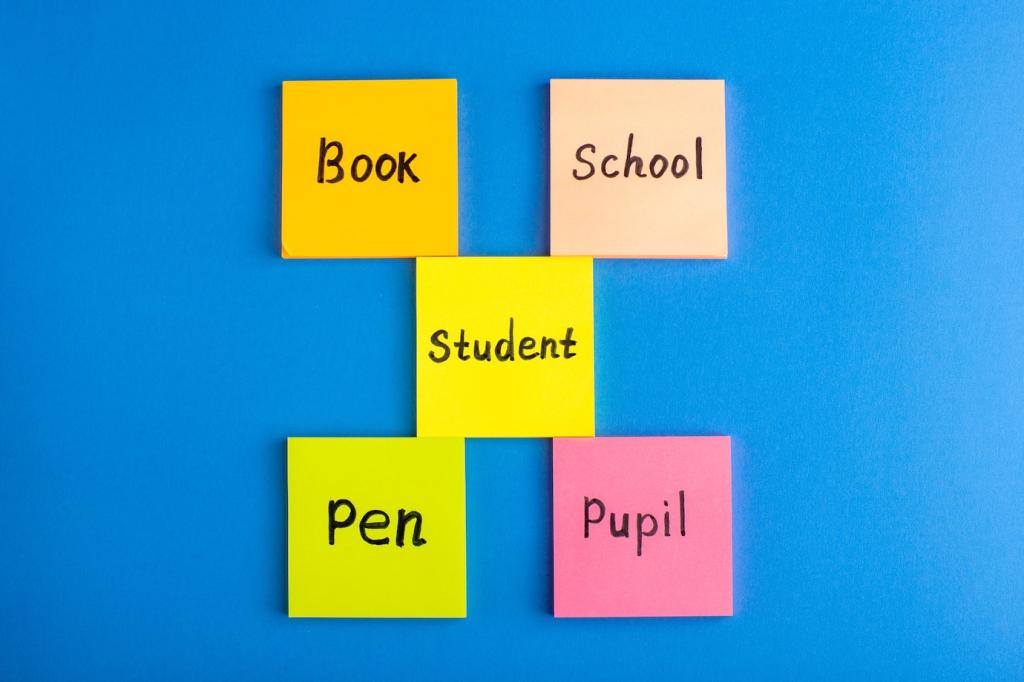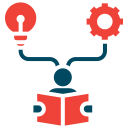Language Immersion Programs in Schools: Where Fluency Meets Curiosity
Chosen theme: Language Immersion Programs in Schools. Step into vibrant classrooms where science, stories, and everyday conversations unfold in another language. Discover how immersion builds confident communicators, curious thinkers, and globally minded graduates. Join us, share your questions, and subscribe for fresh, practical ideas.



Why Immersion Works for Real-World Fluency
When students solve math problems, design experiments, and negotiate group roles in the target language, their brains form durable connections. Meaning anchors vocabulary, and authentic tasks reduce fear of mistakes. Share a moment when context unlocked language for you.
Why Immersion Works for Real-World Fluency
Immersion replaces isolated drills with purposeful talk. Students request materials, defend claims, and ask follow-up questions naturally. Over time, speech sounds less rehearsed and more responsive. Tell us which real-life routines you’d like to see practiced more consistently.
Each lesson pairs a clear content goal with precise language outcomes, like using causal connectors in science or comparative adjectives in social studies. This alignment ensures language grows alongside knowledge. What paired objectives do your teachers find most powerful?
Designing an Effective Immersion Curriculum
Key functions return progressively: describing, explaining, arguing, narrating, and hypothesizing. Vocabulary and structures expand, but purposes repeat in richer contexts. Students feel progress because familiar moves become more sophisticated. Share how your scope and sequence marks these milestones.
Designing an Effective Immersion Curriculum


Teachers at the Heart of Immersion
Successful immersion teachers blend deep language knowledge with student-centered methods. Interviews should include a demo lesson in the target language and a planning conversation. What interview tasks best reveal a candidate’s classroom presence and instructional judgment?
Teachers at the Heart of Immersion
Schools rotate language days, split subject responsibilities, or team-teach with coordinated planning. Consistent routines help students switch codes gracefully. Describe your co-teaching schedule and how you handle transitions without losing instructional momentum or clarity.
Family and Community Partnerships
Offer plain-language orientations, classroom visits, and early tips for supporting homework without translating everything. Reassure parents about the temporary “silent period” and celebrate small wins. What messages most help families feel confident in the first month?
Assessment That Fuels Growth, Not Fear
01
Formative Checks in the Target Language
Quick exit tickets, partner retells, and whiteboard responses reveal whether students can do the task using appropriate language. Keep stakes low and feedback specific. What is your go-to formative routine that consistently guides tomorrow’s instruction?
02
Balanced Bilingual Literacy Measures
Track reading and writing growth in both languages, watching for transfer and gaps. Use rubrics that value content accuracy and language control. Which rubrics or proficiency scales have given your team the clearest, most actionable signals?
03
Sharing Results That Motivate Students and Families
Use student-friendly progress trackers, audio portfolios, and growth conferences. Celebrate strategies, not just scores. Invite families to set goals for the next unit. Tell us how you make data conversations hopeful and energizing.

Stories from the Hallways: Moments That Matter
Maya presented her water filtration prototype entirely in the target language, fielding tough questions with calm precision. Her parents, initially anxious, cried happy tears. What student milestone reminded you that immersion is worth the effort?
Stories from the Hallways: Moments That Matter
Sixth graders proposed a friendly lunchtime pledge: try the target language first, then English if needed. Within weeks, chatter sounded more fluid and playful. Could a simple student-led ritual shift your culture, too?


Getting Started: A Roadmap for Schools
Identify goals, community languages, staffing, and scheduling constraints. Map champions and potential concerns early. Transparency builds trust. What questions are on your community’s mind right now, and how will you invite honest feedback?


Getting Started: A Roadmap for Schools
Start with a focused grade span, collect evidence, and iterate publicly. Document wins and challenges. Scaling works best when people see progress. What pilot scope would help your team learn quickly without overwhelming resources?
